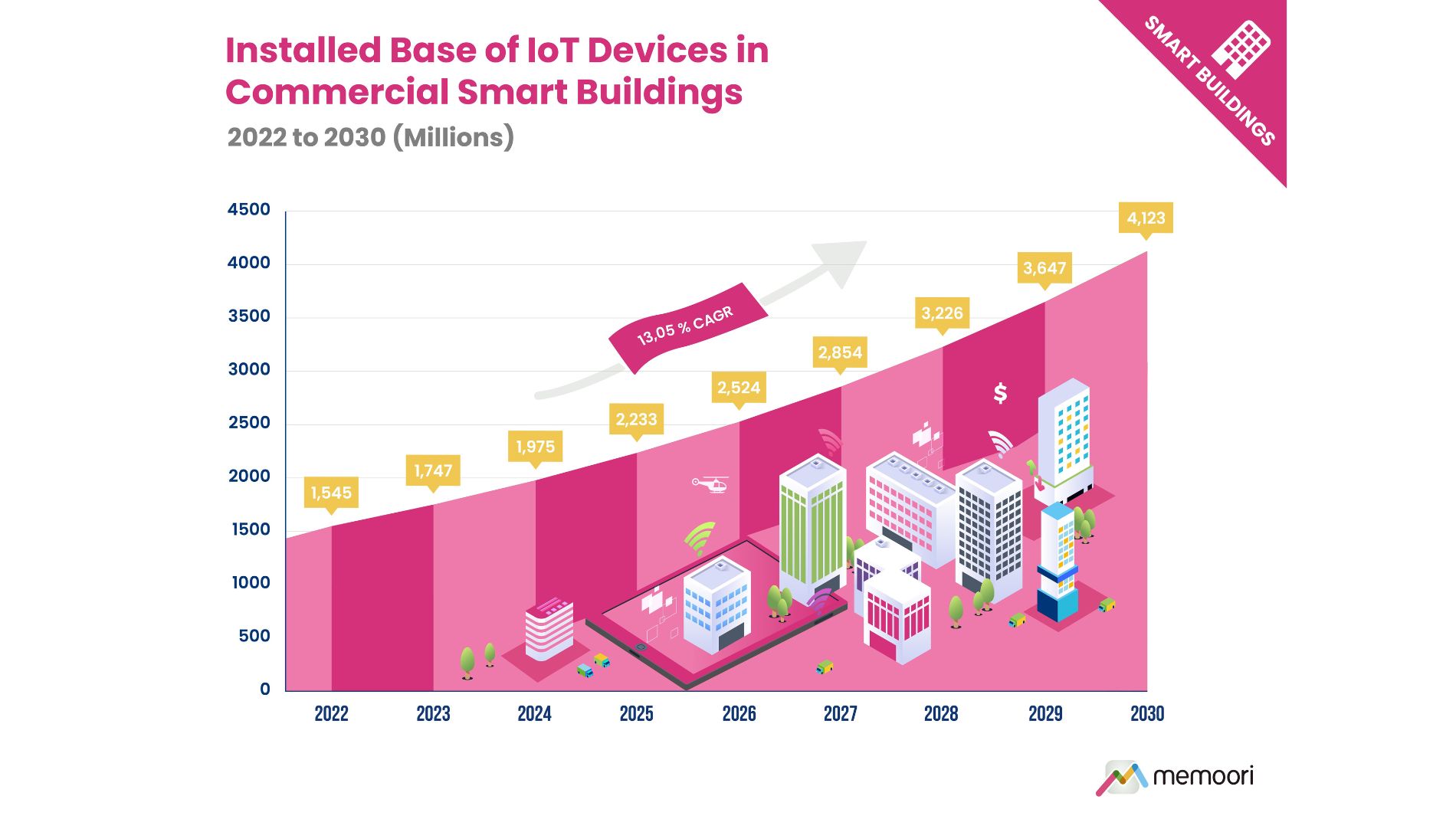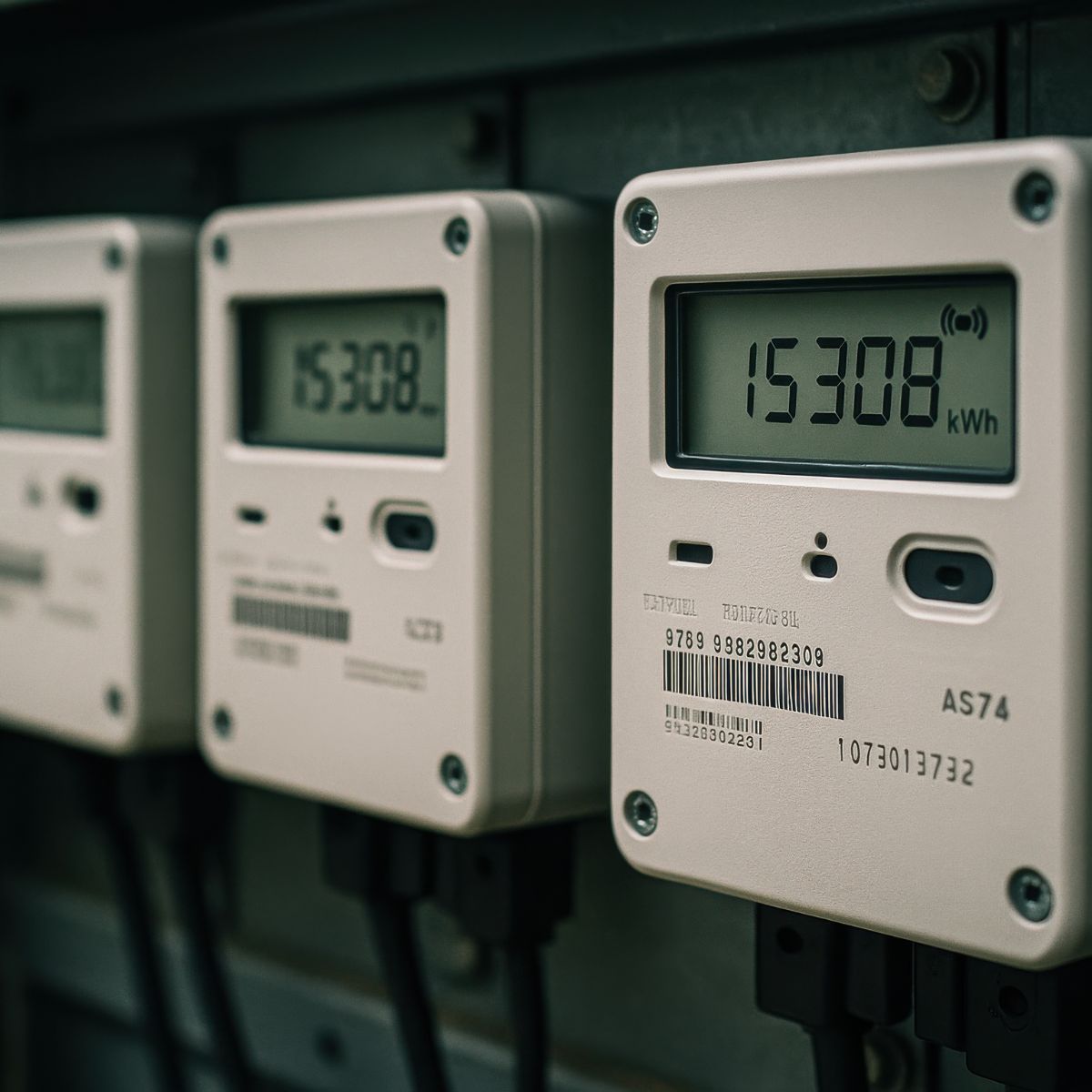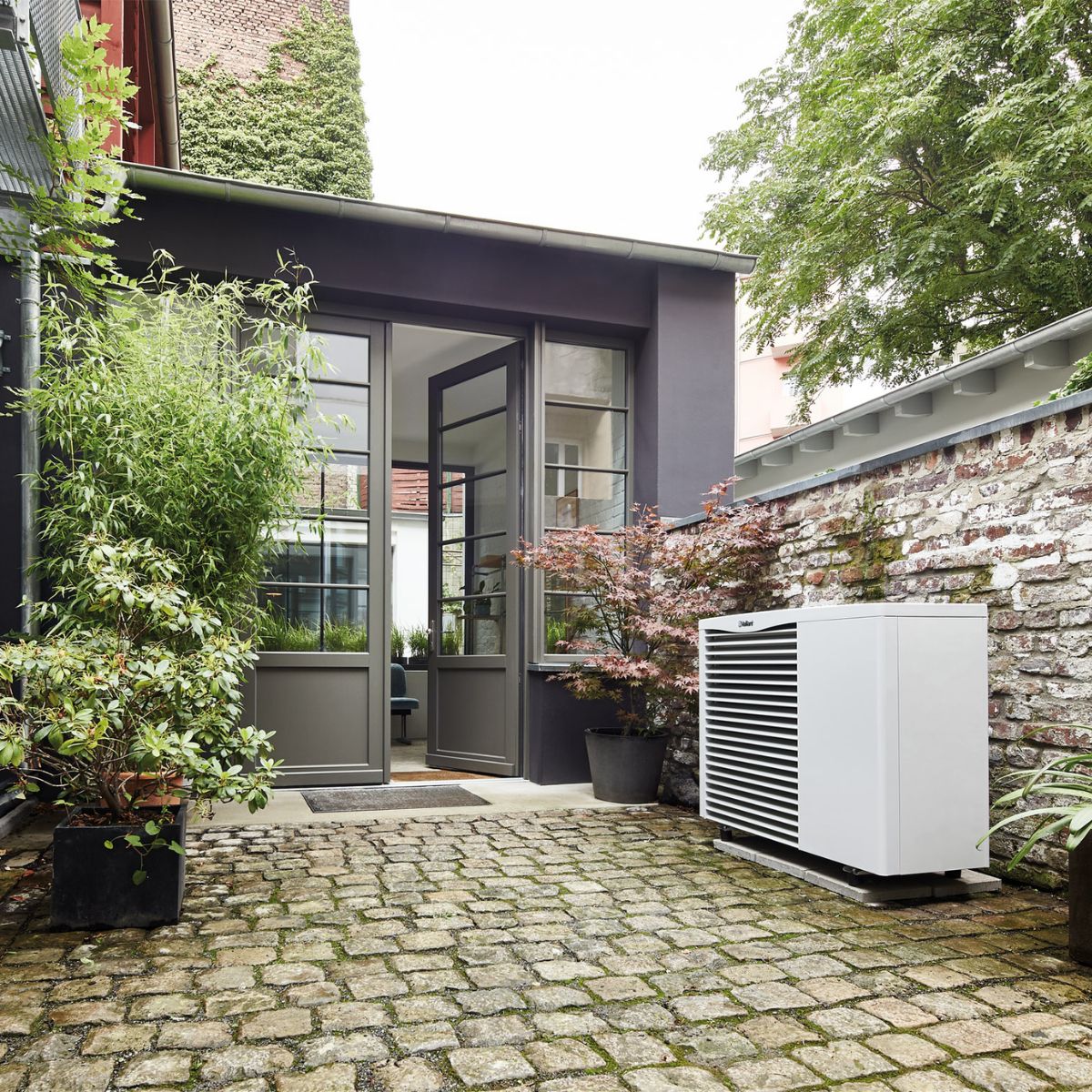Reading time: 3 minutes
This migration of intelligence to the edge represents a significant architectural shift in smart building technology. The numbers tell a compelling story. Memoori’s research shows the installed base of IoT devices in commercial buildings will more than double from approximately 2 billion devices in 2024 to 4.12 billion by 2030. But this isn't just about quantity, it's about capability.

What Edge Intelligence Actually Means
Edge computing in IoT refers to processing data where it's collected, at the sensor, controller, or gateway level, rather than sending everything to distant cloud servers. Think of it as giving each device a brain instead of relying on a single, remote intelligence center. An AI-enabled security camera can now identify threats and trigger responses in real-time. An HVAC sensor can adjust airflow based on immediate occupancy patterns without waiting for cloud instructions.
This architectural shift is driven by several converging forces. First, chip architectures and ultra-low-power wireless technologies have made sophisticated on-device processing economically viable. Second, the sheer volume of sensor data, over 90% of which currently goes unexploited, has made cloud-centric models impractical. Third, buildings require instant responses that cloud latency simply can't deliver.
Where Edge Intelligence Delivers Results
HVAC systems present perhaps the most compelling business case. These systems consume approximately 40% of a commercial building's energy, and Memoori’s research shows edge AI can enable real-time optimization with up to 15.8% energy reduction potential.
Device deployments in this category could surge to 613 million units by 2030. Rather than adjusting temperature based on static schedules or yesterday's weather data, edge-enabled HVAC systems continuously optimize based on current conditions, outside temperature, occupancy patterns, equipment performance, and even grid electricity prices.
The Autonomous Building Vision
Edge AI is enabling buildings to become more autonomous. Machine learning algorithms combine historical patterns with real-time data, weather forecasts, occupancy schedules, and grid demand signals to anticipate conditions and self-adjust. These systems require minimal human intervention while maintaining comfort and efficiency. Fault Detection and Diagnostics (FDD) running at the edge can identify inefficiencies early, while Non-Intrusive Load Monitoring (NILM) provides detailed energy insights without expensive submetering infrastructure.
The market reflects this transformative potential. AI solutions revenue in smart buildings is projected to grow at a 25.5% compound annual growth rate, reaching $6.5 billion by 2028. This isn't speculative technology; it's being deployed now in offices, retail spaces, hospitality properties, and data centers worldwide.
Grid Integration and the Bigger Picture
Edge intelligence is also enabling buildings to become active participants in the broader energy ecosystem. Grid-Interactive Efficient Buildings (GEBs) coordinate with smart city infrastructure for demand flexibility and cost savings.
Challenges Remain
This shift isn't without obstacles. Interoperability remains complex when integrating with legacy systems and diverse protocols. Data quality issues, accuracy, calibration, sensor drift, can all undermine even the most sophisticated AI algorithms. Cybersecurity presents an expanding attack surface across thousands of distributed edge devices. Research shows 81% of organizations report IoT-related cyber incidents in 2024, highlighting the urgency of robust security frameworks.
Success requires adopting open standards, implementing rigorous AI-driven sensor calibration processes, and building cybersecurity strategies tailored to distributed edge environments. Organizations also need to invest in workforce development as AI, IoT, and operational technology converge.
The Bottom Line
Buildings are evolving from reactive systems following programmed schedules to proactive intelligence platforms that learn, adapt, and optimize continuously.
Building owners, operators, and investors, should follow this technology and consider how to deploy it to capture energy savings, operational efficiencies, and enhanced occupant experiences before your competition does.
Electric vehicle charging with intelligent load management, integration of distributed energy resources, and real-time response to grid conditions all require the instant decision-making that only edge computing can provide.










